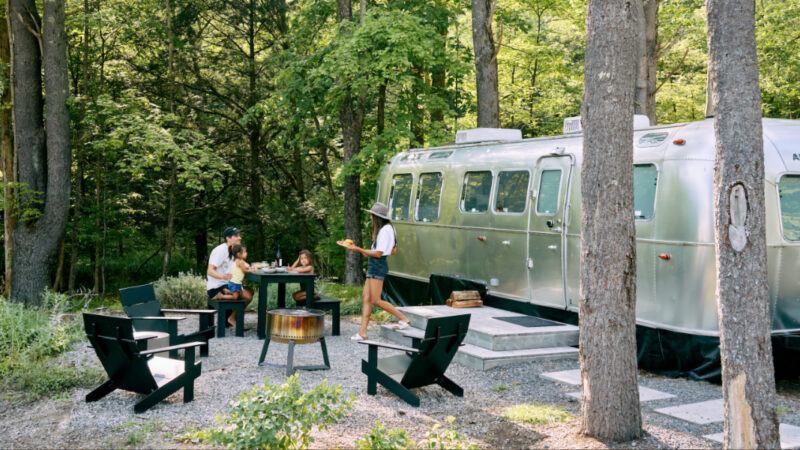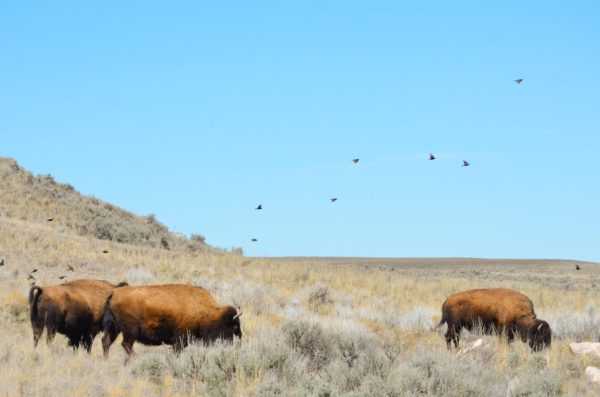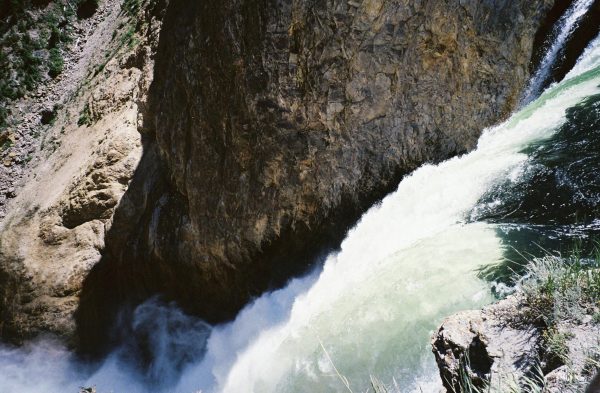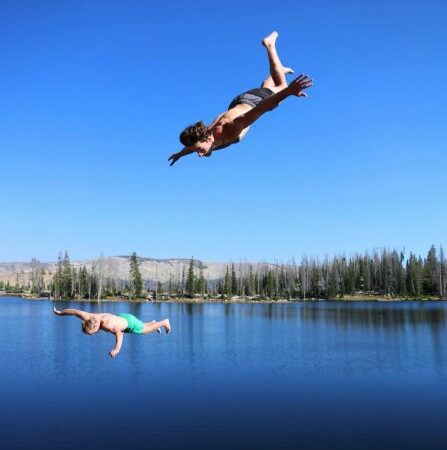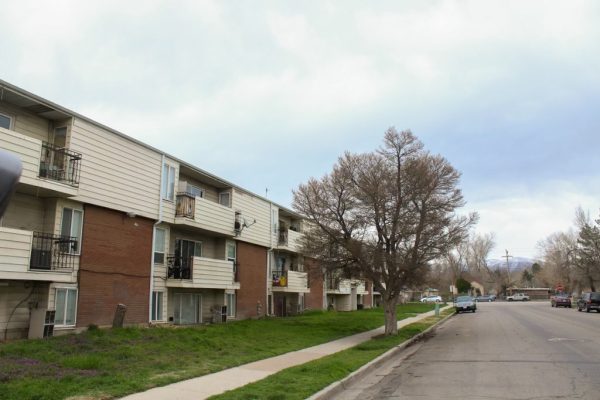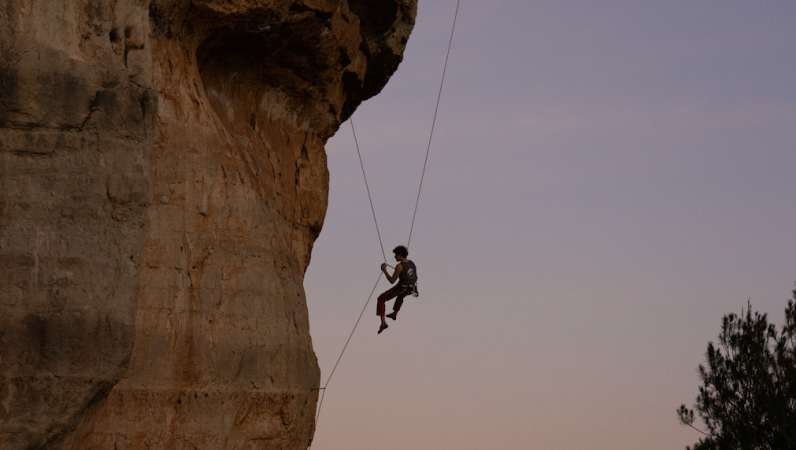Sota Tale, Fiji
STANDING ON THE SILKEN SANDY BEACH, tiny crabs raced underfoot, dancing and shuffling in a frenzy as I looked up at a sky decorated with glistening stars. The clearest display of the Milky Way and constellations I’ve ever seen laid a story out, connecting generations together. Ancestral Fijians used the night sky, the movement of tides, and the sound of wind to navigate across the ocean which defines their culture and now, I was standing on what felt like the edge of the world, in the middle of it all, not able to fully comprehend the importance of everything around me.
This story of my experience in Fiji cannot be completely described in a single article so I’ve chosen to only focus on my first couple of days of the trip since they hold an especially sincere place in my heart.
I had the opportunity to study abroad in Fiji through the University during the month of June this year. When I signed up for the course, I was excited to learn about sustainable tourism and expose myself to a completely new environment. The idea of flying 12+ hours around the globe rarely crossed my mind until I was sitting on the LAX tarmac, about to take off with my class of almost complete strangers. When we touched down 11 hours later, the sun hadn’t risen, and it felt as though I was in some dream. Amid my sleepy confusion, I knew that indeed, we had touched down in Suva, the capital of Fiji and my worldview was about to change dramatically.
Our group of 15 students quickly started bonding as we exited the airport, stepping into the warm sun and heading towards our van which was going to take us five hours to Bau Landing on the eastern side of Viti Levu. Our driver greeted us with an excited “Bula!” and gave us fresh banana bread and tang juice before we settled into our seats and started the second leg of our trip. We passed by the largest Hindu temple in the Pacific, drove by acres and acres of sugarcane fields, saw villages and schools, jungles, and mountains. We continued along the Queens Road, the main route which follows the coast around the island. We passed through Suva, the capital, and saw an LDS temple with missionaries. We finally reached the port and were instructed to change into modest clothing. Just seven hours prior we were deboarding the plane and now we were preparing to meet the Chief of Fiji who lives on Bau Island, a similar honor as going to meet the President at the White House.
We loaded onto the boats, had a short five-minute ride, and arrived at the tiny, 22-acre island, being instructed to leave our shoes onboard. Our guides took us in a single file line, walking by houses where the handful of people we saw greeted us with a wave and “Bula”, the Fijian greeting. There was a field with a large rain tree, and a hut atop a raised mound. We looked around in silent wonder, unaware of the historical area we were standing in. We saw the Chief’s House and one of our guides, Seru, approached the men who was waiting for us. After exchanging greetings, we were invited into the screened porch and sat on the woven mats around the Kava Tanoa. The Tanoa is the ceremonial bowl in which Kava, the traditional drink made from the powder of kava root and water, is prepared for sharing.
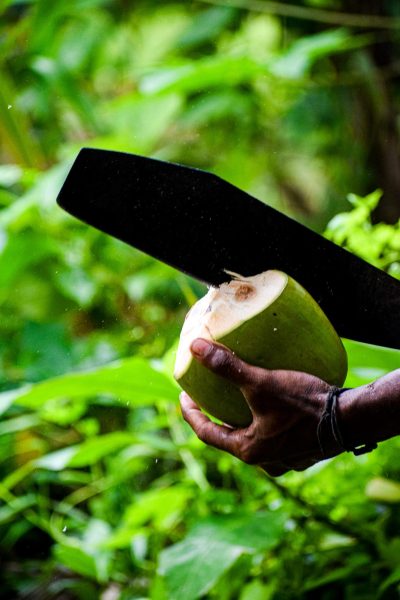
A Kava ceremony represents community and people share the drink by passing a coconut cup filled of the grog around after the leader approves of the liquid. We sat and waited nervously before the Chief, Epenisa Seru Cakobau, entered and sat before us. He smiled at us all before Seru presented the kava root that we had brought as a present. He nodded, then answered our questions about his role as Chief, explained the significance of Bau Island and the rich history of Fiji, and helped us understand the role of British rule in Fijian culture. He pointed out a small building that stood adjacent to his home and told us that it was built for Queen Elizabeth’s visit to the island.
After his animated stories, kava was prepared, and we were all invited to drink. Kava has a calming effect and numbs your mouth tasting like minerals and watery dirt. The Chief chuckled as we had our first taste of Fijian culture and told us to drink more. Nervousness turned to relaxation as we conversed with the locals and felt the woozy effects of kava. Before leaving, we shook the Chief’s hand, expressing our gratitude and him returning the thanks. Not many locals have the honor of visiting Bau Island, so for this to be our first experience of Fiji, it was a special moment that I will remember for the rest of my life.
We continued bonding with one another on the forty-minute ride to Leleuvia Island, feeling the ocean spray tickle our hands and faces. We were greeted at the dock with welcoming, excited faces and more exchanged “Bula’s”. Leleuvia Resort sits on an island less than half the size of Liberty Park here in SLC. The resort is composed of bures, which are traditional Fijian single-room homes, a dining hall and bar, a communal bathroom, and a meeting place which resembled a large gazebo. All the communal spaces were constructed from wood and palm leaves and had railings instead of walls which invited the breeze to waft through as we ate dinner or did our homework. Immediately we changed into swimsuits, eager to get into the vibrant, clear, blue water before the dinner shell was blown. Meals were prepared to serve everyone at once and were signaled by the sound of the conch shell, gathering all the guests to remove their shoes and enter the dining hall for the variety of foods prepared. Each meal was delicious and left us feeling satisfied, the only true westernized item offered being coffee and tea.
Immediately the common denominator was apparent from day one: the importance of community and cultural values. There was heavy emphasis on ocean preservation, one of the most critical parts of Fijian identity. As a nation composed of over 300 islands, there’s an intense connection to the water that cannot be understood to its fullest degree, especially as an outsider. Locals constantly reminded us of the power and sacredness of the ocean, and during one of those first nights at Leleuvia, a few of us sat down with Joe, one of the staff who would quickly become a grandfatherly figure to us.
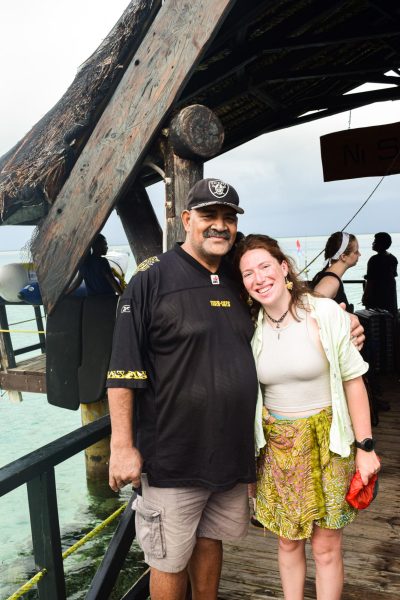
He explained how Indigenous Fijians were so completely in tune with the ocean that they could navigate by listening to how the waves hit the sides of their boats. Furthermore, he detailed how Fijians are one with the water, a sort of state which comes with intense interaction with nature. As an outdoor enthusiast myself, I can only hope to become so in tune with my environments that I feel as though I’m a part of the natural world. As humans in general, everyone should strive to change their perspective on what nature truly means. Fijians have the responsibility to their cultural, social, and individual being to care and give back to their environments. Living in a westernized society where natural landscapes are viewed by the larger public as money-makers and capitalist ventures, there’s a lesson in here to achieve symbiosis with our environments for long term sustainability.
While having these intimate conversations about Fijian culture and lifestyle, I couldn’t help but feel a sense of dread for the future of environmental wellness. On the other hand, I felt energized and a renewed sense of dedication to preservation and protection of natural areas. The final full day at Leleuvia, it started with a trip to the “Garden of Eden”, a coral reef which boasts colorful, intricate formations of the organism, some the size of a VW bus. We snorkeled along the reef, ogling at the array of hues and shapes as well as the diverse marine life. Way below us in the darker midnight blue depths, we could see shadows which emerged in the light as reef sharks. It felt as though we were floating in space, far from our realities.
After having this out-of-body snorkeling adventure, the afternoon plans were to visit a local village. A short ride took us to a nearby island where we waded through the high tide water before walking along a path through a mangrove forest. We emerged from the heavy tree cover to a village with colorfully painted houses and made our way to where a school sat on a hill. Before meeting the entertained and enthused schoolchildren, we had kava with the Chief of the village. He sat in silence for almost the entire time, sometimes smiling, his eyes twinkling with a warmness. We had multiple rounds of kava and giggled as we exchanged stories with locals, feeling slightly high from the sedative grog.
After the generous kava ceremony, we were given a tour of the school, posters hung on the walls identical to the ones that were in our own primary school classrooms. The principal of the school explained that because of the British presence, they teach English. But Fijians are actively working to reclaim their native language and preserve their cultural values. Slowly, we were beginning to understand the true meaning of sustainability. It’s not just about environmental sustainability but also the cultural and socio-economic sustainability as well. For Fijians, one way to accomplish cultural sustainability is through reviving an identity that was altered by colonization.
The emotional weight of seeing the impact the always-shifting westernized world has on even the smallest of island countries was sinking into our hearts and minds. Our perceptions of how we’ve been taught to deal with issues was being challenged by alternative solutions presented by Fijian values of environmental and cultural honor. Despite processing how much I had been taught and the ways I had been challenged psychologically so far, the heavy feelings disappeared as we danced at night with our new Fijian friends, drank kava, and joked with one another. The idea that we were living a completely different life from our hosts at Leleuvia faded as we relished in the beauty of human connection over good food and even better company. How could we live 6,000 miles from one another? Sounds cliché but it felt as though we had already met. The welcoming nature that Fijians hold for visitors, their willingness to share cultural pride, breathtaking landscapes, and kind hearts, filled us all with an overwhelming sense of home.
We traveled to a couple different locations during the remainder of our trip, quickly changing sceneries. We got our scuba diving certifications, then dove with sharks a few days later, visited local markets and perused the streets of Nadi, farmed coral, went rafting and kayaking, debated sustainable issues, and were constantly introduced to new frameworks of thinking. Although the different places we visited brought a new level of learning and experiences, most of our thoughts, especially mine, drifted back to Leleuvia. The other resorts we stayed at were very westernized and the cultural displays felt inauthentic and catered to please western ideals, especially when compared to our first stop. We had moved towards the more populated areas which attract more international visitors than the remote islands.
The biggest difference was that the connections most of us had made at Leleuvia were meaningful and we couldn’t find that sense of belonging at any of our other stops. There were plenty of welcoming faces and stories exchanged in friendship, but none that felt like the small family we had created at Leleuvia. They saw us as companions, not just tourists. When we left the dock at Leleuvia, after rounds of hugs and promises to return, they sang a farewell. They swayed back and forth on the dock as we waved until they disappeared into the rainy fog of the morning, tears slowly running down our cheeks.
Everyone we met in Fiji smiled when we told them “Moce” meaning goodbye. To them, goodbyes aren’t the end of a relationship or the concrete conclusion of a chapter. Smirking innocently, they would reply “Sota Tale”; “See You Later”.
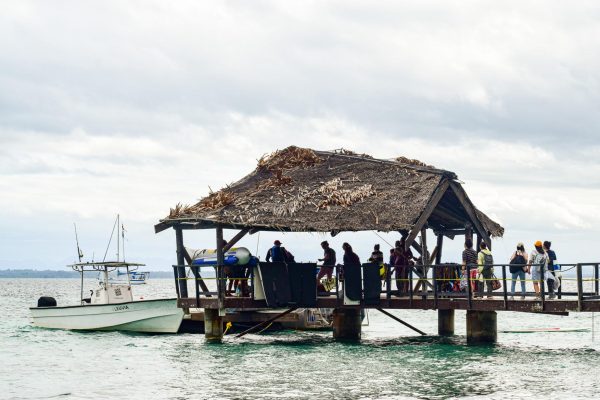
The post Sota Tale, Fiji appeared first on Wasatch Magazine.

